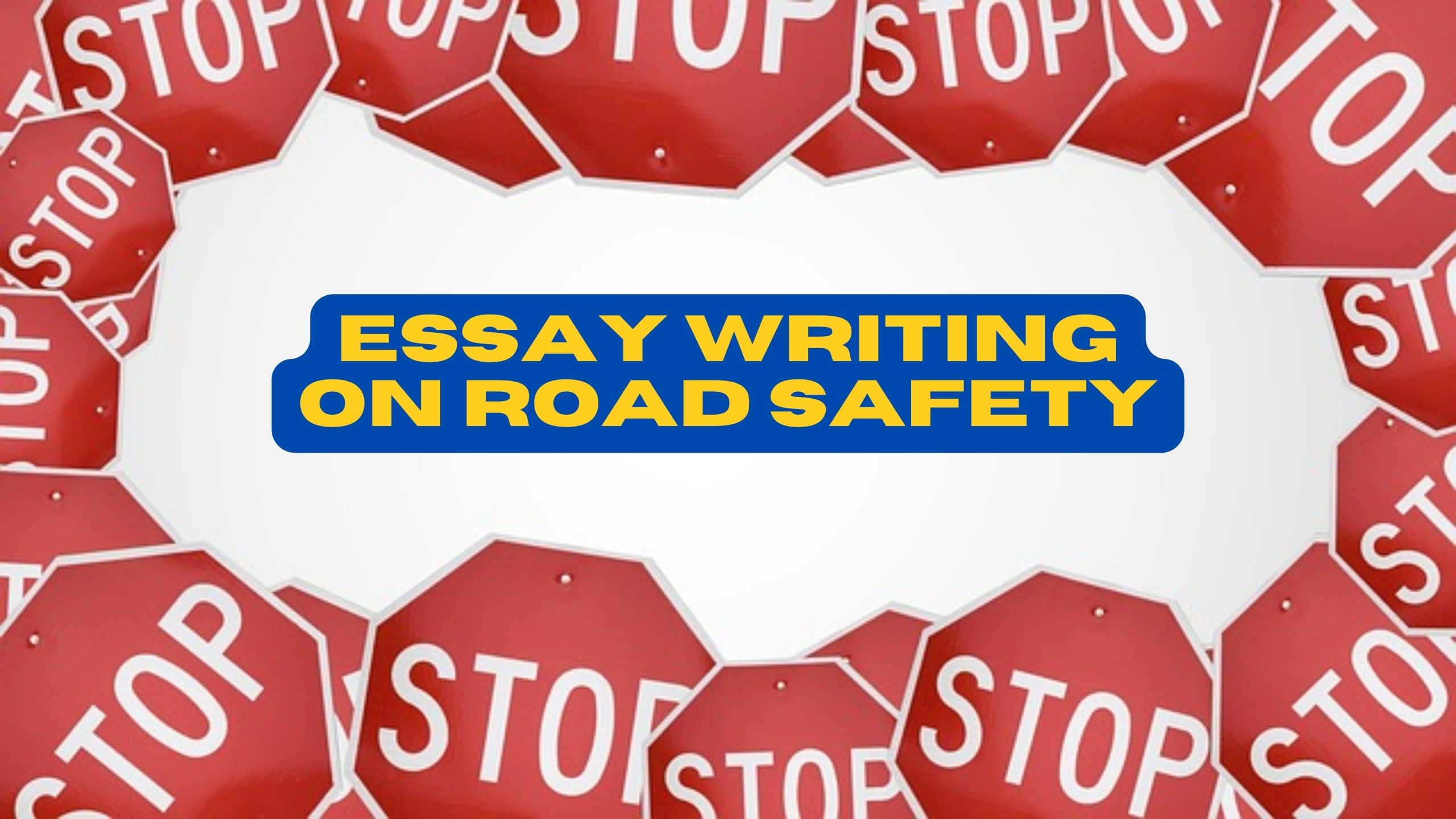Ensuring Road Safety: A Collective Responsibility
Introduction:
Road safety is a critical concern that affects individuals, communities, and societies worldwide. With the increasing pace of urbanization and the surge in vehicular traffic, the need to prioritize and promote road safety measures has become more crucial than ever. This essay explores the importance of road safety and the collective responsibility that individuals, communities, and authorities share in creating a safer environment on our roads.

Importance of Road Safety:
Road safety is not just a matter of compliance with traffic rules; it is a fundamental necessity for preserving human life and preventing injuries. Every year, millions of lives are lost, and countless others are affected by road accidents. The consequences extend beyond the physical harm to individuals; they impact families, communities, and the overall well-being of society. Therefore, fostering a culture of road safety is paramount for creating a secure and sustainable environment.
Roles and Responsibilities:
Ensuring road safety is a shared responsibility that involves multiple stakeholders. Firstly, individuals must prioritize safe driving practices, adhere to traffic regulations, and exercise caution and patience on the roads. Additionally, pedestrians and cyclists play a crucial role in road safety by following designated paths and using crosswalks. Education and awareness campaigns can further enlighten the public about the importance of responsible road behavior.
Authorities and Infrastructure:
Government bodies and local authorities play a pivotal role in creating an environment conducive to road safety. Adequate road infrastructure, including well-maintained roads, proper signage, and efficient traffic management systems, is essential. Regular maintenance and upgrades can help reduce the risk of accidents caused by poor road conditions. Furthermore, law enforcement agencies must enforce traffic laws consistently to deter reckless driving and ensure accountability.
Public Transportation and Alternatives:
Promoting and investing in efficient public transportation systems can contribute significantly to road safety. Well-designed public transit options not only reduce the number of private vehicles on the road but also provide a safer mode of travel for individuals. Initiatives such as bike lanes and pedestrian-friendly zones enhance alternative transportation choices, reducing the reliance on motor vehicles and fostering a safer urban environment.
Technology and Innovation:
Advancements in technology offer valuable tools for improving road safety. Vehicle safety features, such as anti-lock braking systems (ABS) and airbags, contribute to reducing the severity of accidents. Moreover, emerging technologies like autonomous vehicles hold the potential to revolutionize road safety by minimizing human error, a leading cause of accidents.
Conclusion:
In conclusion, ensuring road safety is a multifaceted challenge that demands the collaboration of individuals, communities, and authorities. By fostering a culture of responsibility, investing in infrastructure, promoting alternative transportation options, and embracing technological advancements, we can create safer roads for everyone. Road safety is not just a set of rules; it is a commitment to safeguarding lives and ensuring the well-being of our communities. Through collective efforts, we can build a road safety culture that protects current and future generations from the devastating consequences of accidents on our roads.

